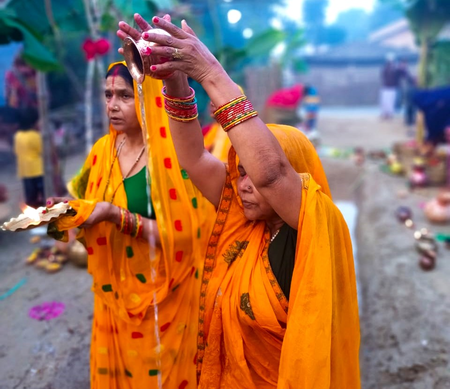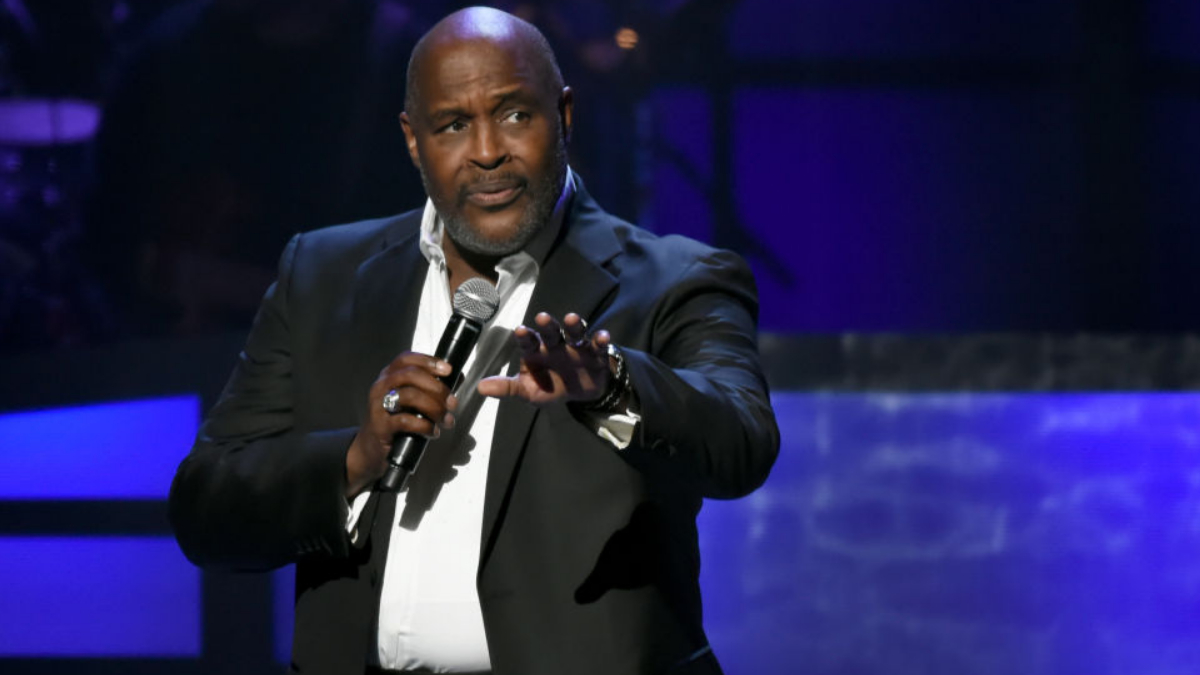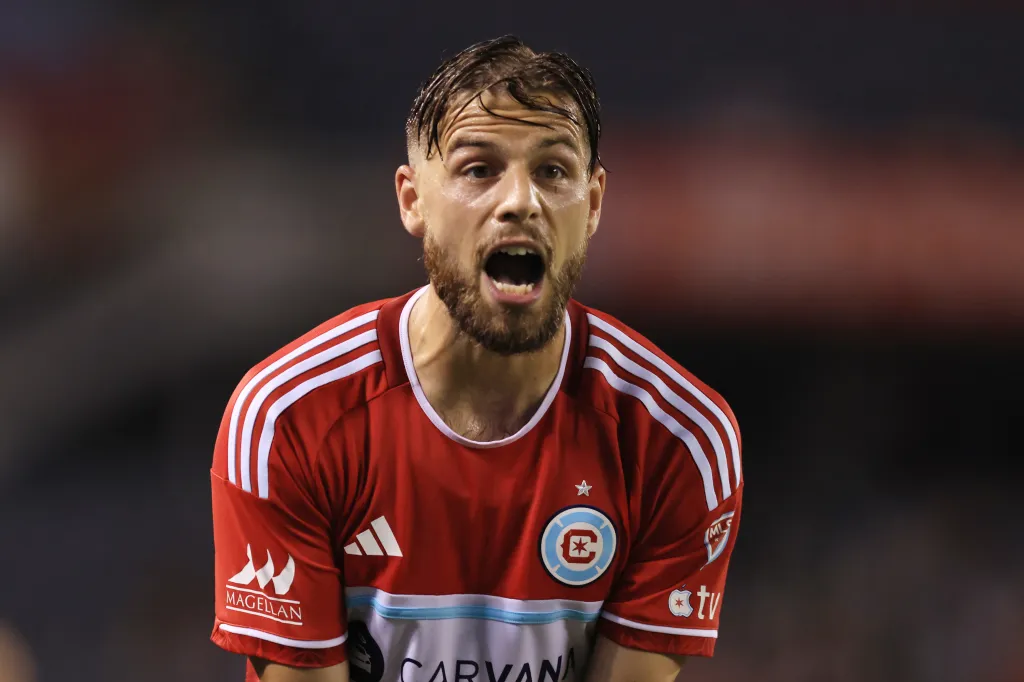Copyright news18

When India awakened to freedom in August 1947, it did not rise as a single, cohesive nation. The subcontinent was a complex map of over 560 princely states, each with its own ruler, currency, army, and internal administration. Many of these states were uncertain about joining the Indian Union, while others harboured ambitions of independence. In the midst of this political chaos stood one man—Sardar Vallabhbhai Patel—whose determination, foresight, and statesmanship transformed an uncertain geographical entity into a united political nation. Today, almost eight decades later, Prime Minister Narendra Modi has revived Sardar Patel’s unifying vision in both spirit and policy. Through national integration programmes, cultural celebrations, and development initiatives, Modi’s government has carried forward Patel’s ideals of unity, strength, and inclusiveness. Together, these two leaders—separated by time but bound by ideology—symbolise India’s continuous journey toward “Ek Bharat, Shreshtha Bharat” (One India, Great India). The Iron Man Who Forged a Nation Sardar Patel’s contribution to India’s nation-building remains unparalleled. As India’s first Deputy Prime Minister and Home Minister, Patel was entrusted with the monumental challenge of integrating more than 560 princely states into the Indian Union. This task, which many believed impossible, was accomplished through his diplomatic skill, pragmatic leadership, and deep sense of national unity. Using the Instrument of Accession, Patel and his secretary V.P. Menon set about the daunting task of negotiating with the princes, offering them fair terms while emphasising their duty to the newly independent India. Patel’s combination of persuasion and firmness—famously described as “the velvet glove over an iron hand”—convinced even reluctant rulers to join the Indian dominion. The integration of princely states like Hyderabad, Junagadh, and Jammu & Kashmir demonstrated Patel’s sheer mastery of both strategy and statecraft. The Hyderabad operation, known as Operation Polo, in 1948 brought the Nizam’s state into the Indian Union within days, avoiding potential fragmentation. Patel’s actions ensured that India emerged from Partition not as a loose federation but as a strong, centralized modern republic. Patel famously said, “Every Indian should forget that he is a Rajput, a Sikh, or a Jat. He must remember that he is an Indian.” This vision, which urged Indians to transcend regional and sectarian loyalties, became the cornerstone of the Republic’s political stability. Unity in Diversity: The Core of India’s Strength India’s identity, as Patel foresaw, would never rest on homogeneity. The nation’s strength lay precisely in its diversity—linguistic, cultural, and religious. In his speeches, Patel often reminded Indians that unity was not the absence of diversity but the harmony within it. India today embodies that very philosophy. From the snow-clad Himalayas to the coastal plains of Tamil Nadu, from Gujarat’s deserts to Assam’s tea gardens, the diversity of India’s languages, customs, and beliefs converges into a common national consciousness. Prime Minister Modi’s emphasis on “Ek Bharat, Shreshtha Bharat” directly mirrors Patel’s thinking. The initiative promotes inter-state cultural exchange, encouraging citizens to learn about each other’s traditions, cuisine, art, and culture. As PM Modi often reminds the nation, “Our diversity is our pride. Unity in diversity has been our strength for centuries. This is the foundation of our national character.” Guardians of Unity: The Police and CAPFs The unity Patel built through negotiation is today protected through vigilance. The Indian Police Service, which Patel restructured from the colonial police system, was envisioned as a disciplined and impartial force serving the people and safeguarding democracy. He described the police and civil services as the “steel frame” of India. These institutions would ensure order, stability, and justice across regions. That legacy continues through India’s Central Armed Police Forces (CAPFs) and state police. From guarding borders to combating insurgencies and responding to natural disasters, these forces remain the invisible yet indispensable defenders of India’s unity. Prime Minister Modi has consistently championed their welfare and modernisation. Initiatives such as the Police Technology Mission, the establishment of smart policing systems, and improved housing and healthcare facilities for CAPF personnel are not mere administrative measures but continuations of Patel’s idea that India’s integrity rests on the professionalism and morale of those who protect it. Each year, on National Unity Day (Rashtriya Ekta Diwas), thousands of police and CAPF personnel lead the Run for Unity and participate in the Ekta Parade, symbolising the living bond between Patel’s vision of national security and modern India’s guardians of peace. Culture, Festivals, and Women: The Social Soul of Unity While politics and defence create the framework of unity, India’s cultural traditions provide its spirit. The arts, festivals, and shared heritage of India transcend boundaries that politics often cannot. Patel recognised that unity would endure only if it was rooted in people’s hearts and expressed through their way of life. In this cultural landscape, women have always played a transformative role. From rural artisans preserving crafts to educators spreading literacy, from entrepreneurs leading cooperatives to cultural ambassadors sustaining traditions, women embody the unity and resilience that Patel envisioned. Prime Minister Modi’s initiatives such as Beti Bachao, Beti Padhao, NaMo Drone Didi, and Lakhpati Didi Yojana have further amplified women’s role as agents of empowerment and social harmony. The government’s Ek Bharat Shreshtha Bharat and Azadi Ka Amrit Mahotsav celebrations have highlighted this living heritage, showcasing how India’s diversity continues to be its greatest unifying force. Modi’s Revival of Patel’s Vision Few leaders in modern India have invoked Patel’s legacy as effectively and meaningfully as Prime Minister Modi. His decision to commemorate Sardar Patel’s birth anniversary on October 31 as Rashtriya Ekta Diwas has institutionalised the Iron Man’s ideals in the national consciousness. The most visible tribute to Patel, however, remains the Statue of Unity in Kevadia, Gujarat—the world’s tallest statue at 182 metres. Inaugurated in 2018, the monument is not merely a symbol of Patel’s towering personality but also an architectural embodiment of India’s unity. Located at the confluence of the Narmada river, it stands as a reminder that the strength of a nation lies in its togetherness. The statue’s base houses an exhibition dedicated to Patel’s life, featuring rare documents and correspondences from the time of India’s integration. The Statue of Unity complex has since become a national pilgrimage site, visited by millions each year. Around it, the government has built infrastructure, museums, gardens, and eco-tourism projects, turning Patel’s memory into a living, developmental monument. In his speech during the inauguration, Prime Minister Modi said, “This statue is an expression of India’s gratitude to Sardar Patel, who gave us one Bharat. Today, it stands as a symbol of the country’s unity, integrity, and resilience.” Integrating Patel’s Philosophy into Governance Sardar Patel’s governance philosophy emphasised discipline, integrity, and nation-first thinking among public servants. He often warned that without an efficient and impartial civil service, India’s democratic structure would weaken. This principle remains central to Modi’s administrative reforms. The Mission Karmayogi initiative, launched in 2020, seeks to transform India’s bureaucracy into a more transparent, technology-driven, and citizen-centric service. It resonates deeply with Patel’s call for an efficient and accountable administrative system that serves the people rather than rules them. The Aspirational Districts Programme, which focuses on uplifting 112 of India’s most underdeveloped regions, reflects Patel’s belief in equitable growth. It bridges regional disparities, ensuring that the benefits of progress reach the remotest corners of the country. Likewise, the emphasis on cooperative federalism through NITI Aayog echoes Patel’s vision of harmony between states and the Union. Modi’s governance model encourages states to compete and collaborate simultaneously, creating what he describes as “Team India”—a united front of diverse entities working toward shared goals. National Unity Day: A Living Legacy Each year, Rashtriya Ekta Diwas celebrations across the nation reaffirm Patel’s ideals. Schools, universities, police academies, and cultural institutions organise runs, debates, parades, and exhibitions centred on unity and integrity. The Ekta Parade, featuring participants from all states and union territories, showcases India’s linguistic, artistic, and regional diversity—highlighting how culture serves as a binding force in the modern era. From folk troupes of the Northeast to classical artists from the South, the parade reflects the pluralistic India Patel dreamed of and Modi continues to champion. Through these celebrations, Patel’s message finds new relevance in a globalised, digital India—one that faces not only geographical but also ideological and informational challenges to its unity. The government’s focus on national integration through civic participation ensures that Patel’s dream of “One India” remains vibrant in public life. Patel’s Vision in Modi’s Global India Patel’s strategic foresight was rooted in the belief that India’s internal strength would determine its international standing. A fragmented India, he warned, would invite foreign manipulation. This insight remains strikingly relevant as India navigates the complexities of the 21st century. Prime Minister Modi’s foreign policy—built on the doctrine of Vasudhaiva Kutumbakam (the world is one family)—strongly reflects Patel’s pragmatism blended with civilisational confidence. India’s leadership in global forums such as the G20, BRICS, and the United Nations echoes Patel’s aspiration for India to be a “power to reckon with,” based on internal cohesion and external credibility. The Timeless Message: Unity as Destiny From Patel’s vision of political integration to Modi’s pursuit of social, cultural, and developmental unity, the continuum of Indian nationhood stands unbroken. Patel gave India its geographical unity, and PM Modi seeks to give it emotional and aspirational unity. Patel once wrote, “Take to the path of dharma, the path of truth and justice, for that is the path of unity and harmony.” In a new era defined by globalisation, technology, and social transformation, this message remains as vital as ever. The story of modern India—from its founding struggles to its global rise—is ultimately a story of unity forged by Patel’s will and sustained by the collective resolve of its people. Under Prime Minister Modi, that unity continues to evolve, embracing not only geography but also purpose, identity, and aspiration. From the Iron Man to the Statue of Unity, from the dawn of Independence to the vision of a “New India”, the journey is one continuous arc—that of a nation known for its resilience and its people who continue to stand together, diverse yet indivisible, bound by the enduring idea of India itself. Raja Muneeb is an independent journalist and columnist. He tweets @rajamuneeb. The views expressed in this article are personal and solely those of the author. They do not necessarily reflect the views of News18.



